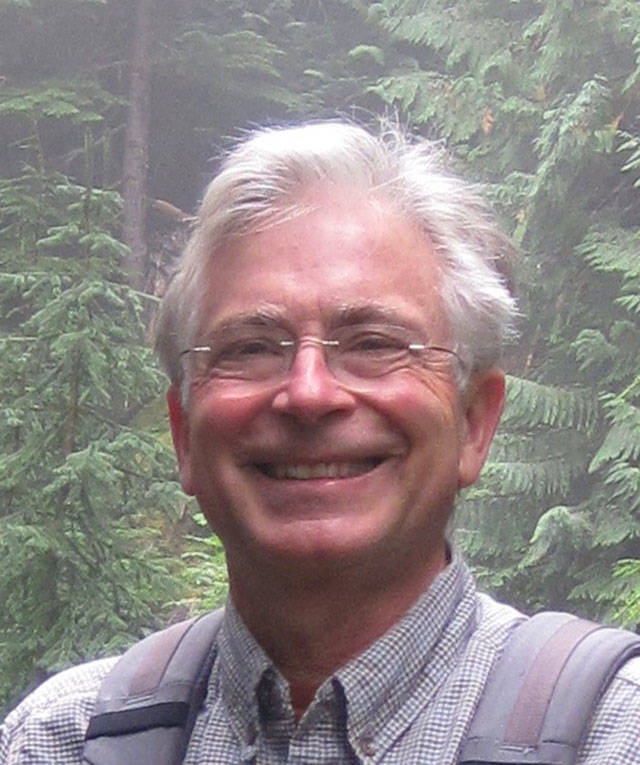Water is important. We can’t live without it. If it gets contaminated or grows scarce, we’re in trouble. That’s why King County classifies the whole of Vashon-Maury Island as a Critical Aquifer Recharge Area. The designation affords special protection for island aquifers, which is a good thing since those aquifers are our sole source of drinking water. County codes limit development, safeguard wellhead areas for public water supplies and ban the use of certain materials, including recycled asphalt products. KC Code Title 16, for example, declares, “Recycled asphalt shall not be used in areas subject to exposure to seasonal or continual perched ground water, in a critical aquifer recharge area or over a sole-source aquifer.” Imagine our surprise, then, at the news about island-wide distribution of asphalt millings from the recent Vashon Highway repaving project.
To be fair, researchers generally agree that, while toxic, recycled asphalt products are unlikely to contaminate groundwater. That’s because rainwater and soil tend to dilute the toxicity. But when the health of our only source of water is at stake, it is always wise to err on the side of caution.
The county has put safeguards in place. But without faithful adherence to and policing of those safeguards, we could find contaminants creeping into the island’s water supply.
The Vashon-Maury Island Groundwater Protection Committee is a volunteer citizen group appointed by the King County Executive and approved by the County Council. The committee monitors threats to our groundwater and helps to educate island residents about how to keep this precious resource safe. Members have met with county representatives about the asphalt millings issue and plan to stay on top of clean-up efforts. It is important that we understand how the asphalt millings got mishandled in the first place and what steps the county is taking to prevent a recurrence.
In the meantime, we would all do well to remember that the biggest threat to our groundwater is us. We build buildings and pave roads and parking lots and create other impervious surfaces that prevent rainwater from slowly soaking into the soil and recharging, or refilling, aquifers. We generate toxic waste. Gas, oil and other nasty fluids leak from our cars and trucks. Leachate from our septic drain fields seeps into island aquifers. So do the herbicides, pesticides and fertilizers that we spray and sprinkle on our lawns and gardens. Individually, the impact to the environment is small. But the collective impact, especially as the island population grows, becomes significant. Simply put, if it’s on the ground, it’s in your water.
Here are five steps that every islander can take to help protect our drinking water:
• Fix leaky vehicles and septic systems, and dispose of hazardous petroleum and chemical products at King County’s semi-annual waste collection;
• Eliminate potential sources of contamination (livestock, chemical fertilizers, etc.) around domestic wells;
• Use “natural” fertilizers, pesticides and herbicides (like horticultural vinegar) on your lawn and garden;
• Support sensible limits on development in sensitive aquifer recharge areas;
• Report instances of contamination to King County Local Hazardous Waste Management Program (hazwastehelp.org/ContactUs/violator.aspx , 206-296-7483).
Let’s take control over what we put—and don’t put—on the ground.
— Michael Brown is the chair of the Vashon-Maury Island Groundwater Protection Committee.



